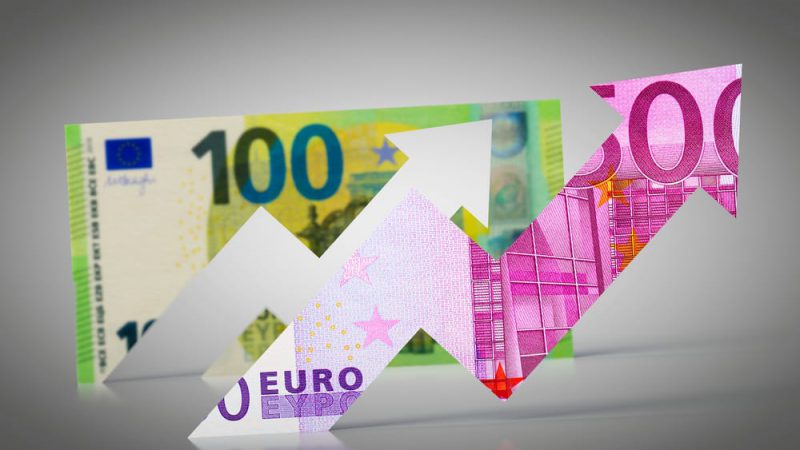Eurozone inflation hit record numbers for July at 8.9%. This is the highest rate in the last 25 years. CPI numbers have continued to rise from 7.4% in April, 8.1% in May, and 8.6% in June. Some analysts already predicted an 8.9% increase.
In this estimate, energy prices had the highest annual inflation rate, at 39.7%, down from 42.0% in June. The Ukraine-Russia stand-off has had detrimental effects on global energy requirements. Energy is followed by food, alcohol & tobacco, which hit 9.8%, compared with 8.9% in June.
How has inflation hit the European nation-states?
Germany’s inflation increased to 8.5% in July, following a slight decline the previous month. The current inflation rates in France and Italy are 6.8% and 8.4%, respectively. The Baltic states are still particularly hard hit, with Estonia seeing inflation of 22.7%, Lithuania of 20.8%, and Latvia of 21%.
The European Central Bank announced a hike in interest rates for the first time in 11 years on the 21st of July.
Yesterday the UK (United Kingdom) released its inflation data for July. The country witnessed a 40-year high spike in its CPI (Consumer Price Index) at 10.1%. The data was released by the Office of National Statistics (ONS). The increase in food costs between June and July greatly affected the UK’s annual inflation rates. Additionally, the Bank of England has already hiked interest rates six times in a row to curb inflation. The Bank of England (BOE) expects inflation to increase to 13.3% by October before easing.
On the other hand, Canada saw a dip in its inflation numbers. The country recorded 7.6% CPI, down from 8.1% in June. Although the number was less than the projected 8.4%, Canada’s July numbers were still the highest ever recorded since January 1983. The transportation, food, and housing industries exerted the greatest upward pressure. Due to the sanctions imposed on Russia, there has been an increase in the price of commodities and energy.





